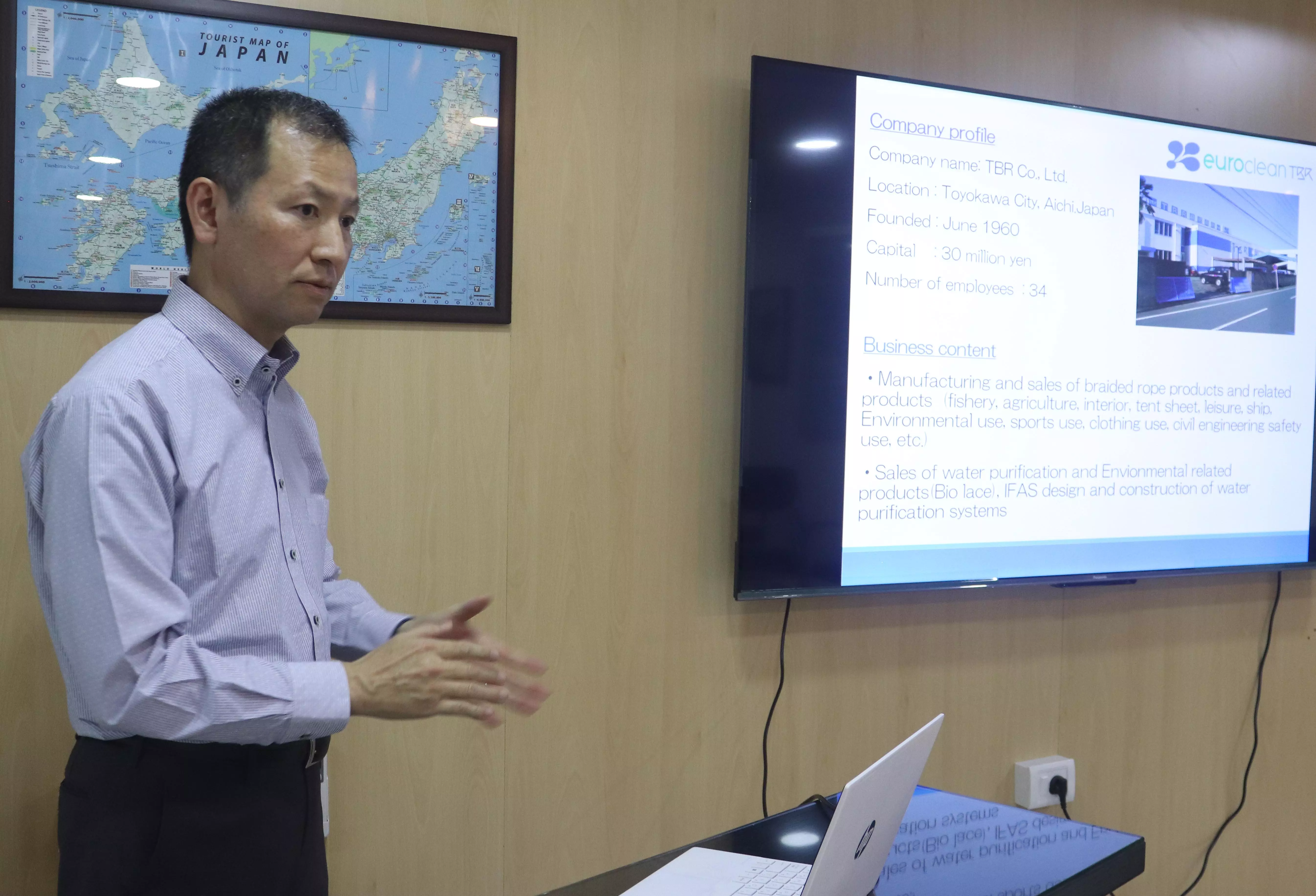Hyderabad: Yet another attempt to clean up the city’s nalas and lakes will begin later this year, when a Japanese firm will try out its biolace technology to clean the water of pollutants in the Kukatpally nala.
The Kukatpally nala flows into the Hussainsagar. “The site location has been fixed, and construction should be completed by May,” said Toshihisa Kinoshita from TBR Co. Ltd, Japan, who made a presentation of the technology at a roundtable here on Friday.
Kinoshita, from TBR Co. Ltd, Japan, made a presentation on the fibre-based biological treatment and explained its use in sewage treatment plants (STPs) and natural bodies.
Kinoshita explained that biolace, primarily used in Japan, allows microbes to attach themselves to fine fibres which are then used to boost purification by biological means.
“By having a lot of microbes fixed on these fibres, we use this to clean the water,” he said. Unlike traditional sludge-based methods, biolace increases microbial concentration in sewage treatment plants, improving efficiency and reducing excess sludge.
The Musi River, burdened by untreated sewage, industrial discharge, and floating waste, could benefit from this technology, experts said. B.V. Subba Rao, water resources expert and the event’s moderator, questioned how biolace would work in an open river system where only a portion of the water can be treated at a time. Kinoshita explained that while biolace treatment removes contaminants upstream, preventing them from flowing downstream, additional interventions would be needed for large-scale impact.
"In STPs, we usually rely on the activated sludge method. By using biolace, we can increase the number of microbes from 3,000 micrograms (mg) per litre to 8,000 mg/l. Old STPs operating beyond their capacity can be improved without major structural changes," Kinoshita noted, adding, “It increases the amount of metazoans, which consume excess sludge and reduce overall sludge volume by 50 per cent," Kinoshita added.
Hyderabad’s lakes face severe eutrophication, sewage inflow, and industrial contamination, hence, the possibility of using biolace in stagnant water bodies was explored. Kinoshita presented case studies from Japan, Indonesia, and Malaysia, where the technology had successfully reduced biochemical oxygen demand (BOD) levels and improved water quality. "In places where water is shallow, we install biolace horizontally along the river length for about 100 metres and have achieved a BOD removal rate of 30 per cent," he explained.
While biolace presents a promising solution, its effectiveness in handling illegal industrial discharges and shock loads was questioned. "Sometimes total dissolved solid (TDS) levels in Hyderabad’s drains can suddenly spike to 5,000-10,000 due to industrial effluents," noted an attendee. Kinoshita acknowledged this, stating that "online sensors will be installed at inlets and outlets of STPs to monitor and respond to such fluctuations."

